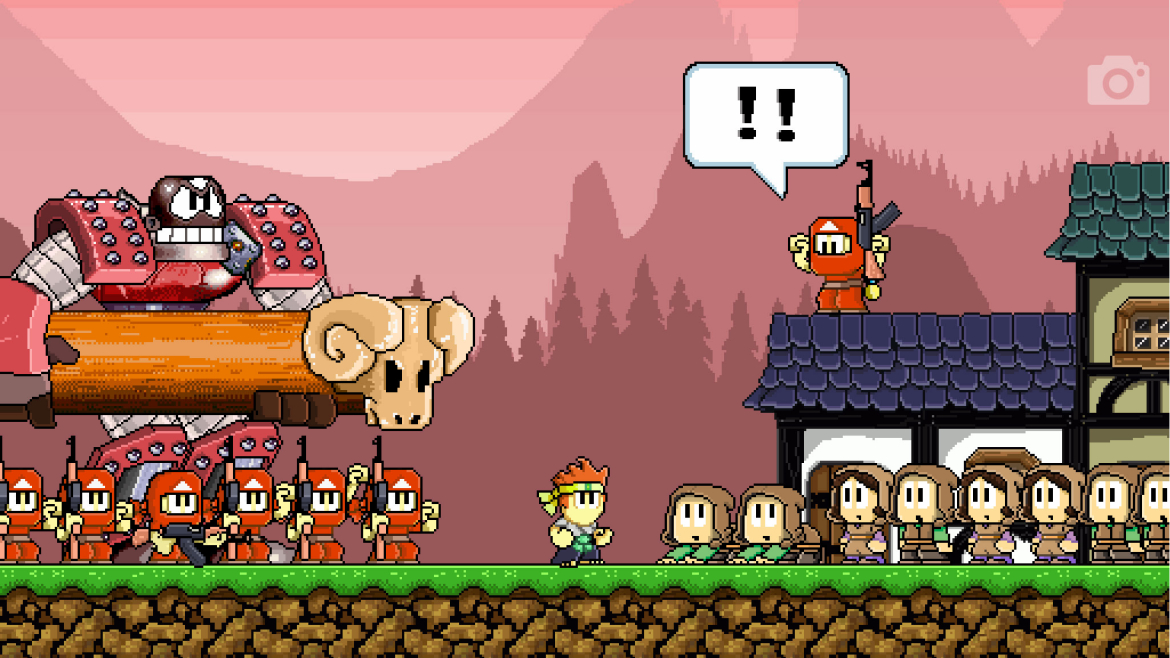Story for Platformer Games: Introduction
- Edwin McRae
Platformers can benefit from story just as much as any other genre. I mean, there has to be a reason for all that jumping and whacking, right? So let’s start with the most obvious but often overlooked tool in your Indie platformer storytelling arsenal.
Platformer Player Character

Any Indie worth their salt knows that Jumpman was the original incarnation of the now ultra-famous Mario. This was in 1981 in Donkey Kong. Jumpman was a carpenter. He had a pet ape named Donkey Kong who Jumpman supposedly abused. Let’s not linger on that rather sordid fact, shall we? Anyway, rather than calling the SPCA, DK kidnaps Jumpman’s girlfriend, originally named ‘the Lady’, and jumping, barrel-rolling hilarity ensues.
You could get away with that shit in 1981. We gamers were still making human sacrifices to the digital gods in thanks for the mere existence of video games. Now...different story.
If your character description is something along the lines of ‘just some dude with a big gun’ then you’re short-changing your number one asset. Is Duke Nukem really just some dude with a big gun?

Is Sonic the Hedgehog a ‘random spiky rodent’? Actually no, he’s not a rodent at all. Hedgehogs belong to the Shrew species.
Platformer PCs are well worth putting time and effort into because they’re the one asset your player will see pretty much ALL the time in your game. Unlike in an FPS or strategy game, the PC is centre stage. Such is the nature of platformers.

So how do we make the most of this in story terms?
Reactive Dialogue
Emotes
Visual Evolution
Reactive Dialogue = Punchy jabs of dialogue that are triggered by the player's actions.
Emotes = Changes of physical expression or simple symbols that show how the player character is feeling in that moment.
Visual Evolution = Gradual changes to the PC's look that are the direct result of the player's progress through the game.
Before we get into these specifics, we’d better quickly make a PC.
Blink - Inspired by Eleven from Stranger Things

Yes, her name is Blink. Actually, her real name is Edwina Snodgrass but people call her Blink because she has a strange ability, but mostly because her name is Edwina Snodgrass. She can ‘blink’ out of existence for a moment, becoming completely insubstantial, a talent that allows her to walk through walls and the like.
However, this power of hers has its downsides. For one, it’s illegal within the oppressive state she was born into. Secondly, as a child, she wasn’t able to control it very well so ended up in some pretty horrible situations. As a result, she harbours a ton of anxiety around her super power. It really stresses her out and she’s reluctant to use it unless absolutely necessary.
Blink never wanted to be a superhero, and still doesn’t think of herself in those terms.
Cool! We have our PC and we have our mission. We want to get some good story into our platformer.
I’ll see you soon for...
Story for Plaformer Games: Reactive Dialogue
And if you are interested in delving deeper into the general principles of Narrative Design, I have a handy little book on the subject.
Thanks for reading. :-)
Edwin

About Edwin McRae
Edwin is a narrative consultant and mentor for the games industry.
